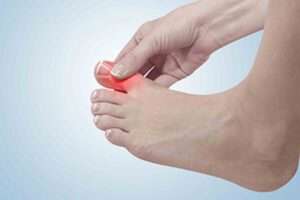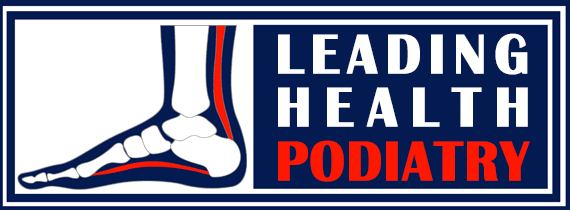Turf Toe: Causes, Symptoms, and Treatment Options
What is Turf Toe?
Turf toe refers to a sprained big toe, commonly caused by sports activities, particularly on artificial turf. It occurs when the big toe is forced into excessive upward bending, resulting in damage to the joint capsule, ligaments, tendons, or muscles surrounding the toe. While the injury can happen in any environment, it’s most common during quick stops, starts, or changes in direction.

Causes of Turf Toe
The injury occurs when excessive force bends the big toe upwards, stretching or tearing the soft tissues around the joint. Common in sports like rugby, hockey, and sprints, turf toe often arises from the fast movements required in these activities. Repetitive strain, like in dancing or jumping sports, can also cause gradual damage over time.
Unsupportive footwear, particularly shoes with soft soles, can increase the risk of injury. Additionally, playing on artificial turf surfaces, which are less forgiving than natural grass, can contribute to the likelihood of developing turf toe.
Symptoms of Turf Toe
The symptoms of turf toe typically include:
- Pain and tenderness at the base of the big toe joint
- Swelling and possible bruising around the joint
- Difficulty moving the toe upwards due to swelling
- Limping due to pain when bearing weight on the toe
The pain tends to worsen when the toe is moved upwards, which can restrict mobility. If you notice these symptoms after an intense sport or activity, it’s essential to treat the injury properly to prevent further damage.
Treating Turf Toe
Immediate care is essential in treating turf toe. Start by elevating the foot and applying ice to reduce swelling. It’s also recommended to avoid putting weight on the injured toe and consider buddy taping the big toe to the second toe for stability. However, don’t try to push through the pain.
For a thorough assessment and tailored treatment, book an appointment with your podiatrist. At Leading Health Podiatry, we evaluate the severity of the injury and create a customized plan to promote healing and reduce the risk of future injuries. Proper care, including rest and rehabilitation, can help you get back to your activities faster and safer.
